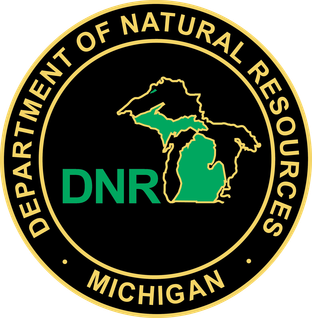Michigan DNR asks for continued assistance in reporting deer die-offs from EHD
The Department of Natural Resources asks hunters and other Michigan residents to continue to report sightings of dead deer to help with the department’s efforts to monitor the outbreak of epizootic hemorrhagic disease (EHD) in the state this year.
Deer have died in substantial numbers in at least 29 counties this summer and fall due to EHD, and the DNR’s Wildlife Division is recording reports of dead deer in these areas in order to answer questions from the public and prepare informed hunting season recommendations for 2013. The department will be taking reports of dead deer that are likely EHD-related until Jan. 1.
“Some people may have the perception that, once we have confirmed the presence of EHD in an area, we are no longer interested in additional reports of dead deer in those areas – that is not true. We want the reports,” said Wildlife Division Chief Russ Mason. “Any and all reports, whether the deer seem to have died recently or not so recently, will help ensure we have accurate information about the extent of die-offs.”
To report the presence of dead deer, the DNR encourages residents to contact their nearest Wildlife Office (information on Wildlife Offices is available at www.michigan.gov/wildlife, under Contact Information) or fill out the online Report Diseased Wildlife form.
For additional information about EHD and a regularly updated map showing the number of deaths from the disease by county, as well as a link to the report form, see www.michigan.gov/
EHD is caused by a virus that is transmitted by a type of biting fly called a midge. A constant characteristic of the disease is its sudden onset. Deer can suffer extensive internal bleeding, lose their appetite and fear of humans, grow progressively weaker, salivate excessively and finally become unconscious. Due to a high fever, infected deer often are found sick or dead along or in bodies of water.
At present, just over 10,400 dead deer have been reported. The DNR expects more dead deer to be found as hunters take to the field.
“We want to thank the many volunteers and hunters who have helped – and continue to help – monitor the outbreak of this disease,” Mason added.
Mason reminded hunters that the current deer season framework remains in place and will go as planned this year. When considering regulations for next year, the DNR will factor in the impact of EHD along with other influences on the deer population. In the meantime, Mason recommends that hunters and landowners assess the deer population in their area and carefully consider the amount of antlerless deer harvest they desire this year. People hunting in areas that were hit hardest by EHD may want to limit or curtail antlerless deer harvest.
EHD does not affect humans, so edibility of the venison is not affected by this disease. There is no evidence that humans can contract the EHD virus either from the midge or from handling and eating venison.





